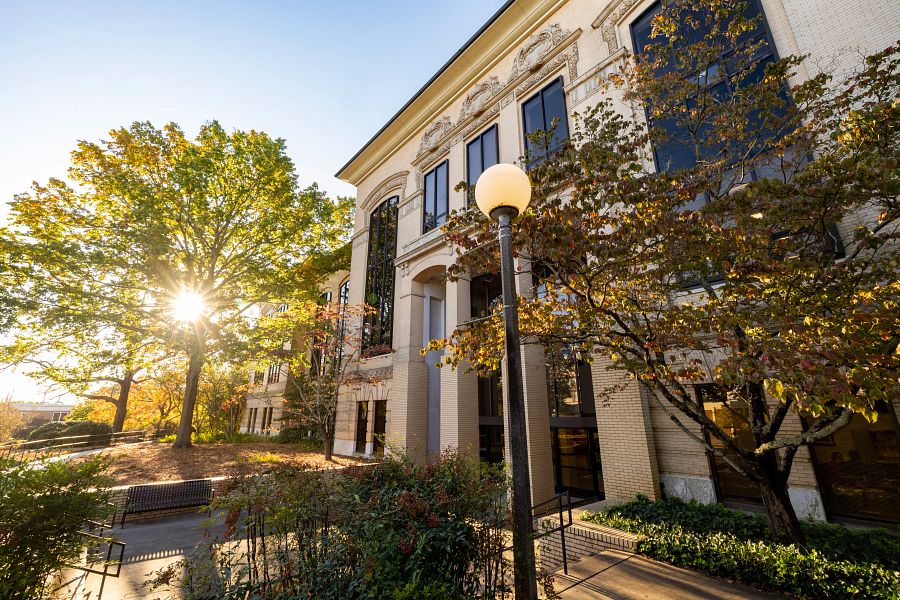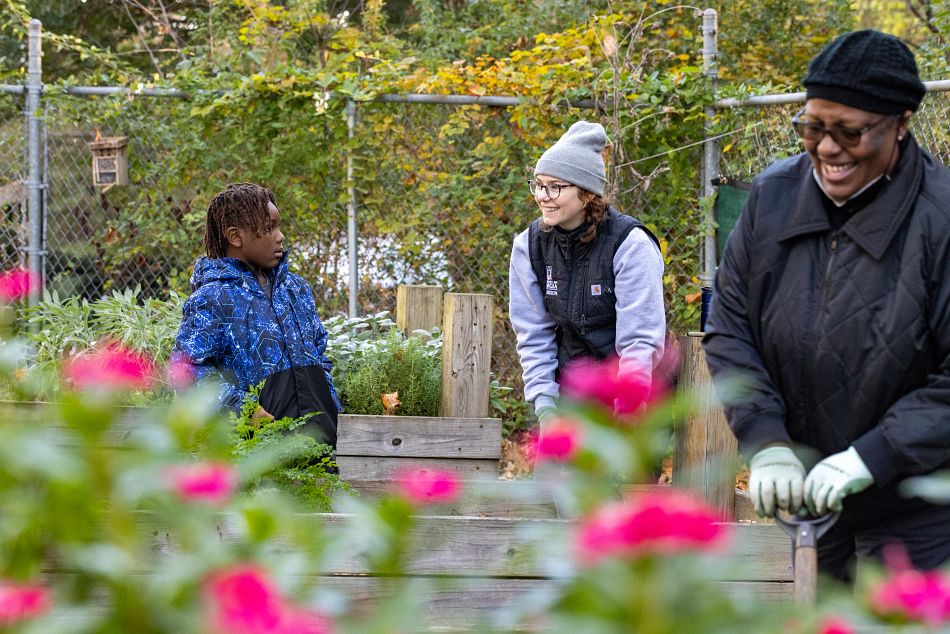A successful garden doesn't just happen. It's the result of careful planning before you ever turn the first spade of soil.
And it means following good production practices throughout the gardening season.
First, decide where to put the garden and what size it will be. This will depend on the available land area, how much time you can spend in the garden and the kinds and amounts of vegetables required to supply your family's needs.
A well-drained area in full sunlight is best, preferably with a good loam soil. However, I have seen quite productive gardens on both heavy clay and on very light, sandy soils.
So if your soil isn't the "perfect" garden soil, don't give up. With proper management and planning, you can still have a rewarding garden.
It helps to put the garden within a few hundred feet of the house. This makes the garden easier for timely watering and other chores.
After selecting the site, draw a map of the area. Draw it to scale and show the number, width and length of the rows.
Next, decide what vegetables you want to grow, and put them in your garden plan. Include the amount of fertilizer to use and the time to plant.
Plan for placement of the perennial crops, such as asparagus and strawberries, on one side of the garden so they won't interfere with other garden activities.
Tall crops such as sweet corn should be on the north or west side to reduce shading of other plants.
Start planting on one side and move across the area with later plantings. With careful planning, you will be able to use all the garden area throughout the growing season. Just follow with a second crop as soon as the first one is harvested.
Decide what varieties you want and order the seed early, to make sure you get the varieties you want and get them in time for scheduled planting.
For crops that need to be transplanted -- tomatoes, eggplant, pepper, cabbage, collards, broccoli, etc. -- order seed for growing your own plants now.
If you decide to grow your own transplants, a helpful publication, "Home Garden Transplants" (Leaflet 128) is available through your county Extension office.
You will need various kinds of equipment to establish and maintain the garden. Here again, plan ahead so you'll have the right tools at the right time.
A hoe, iron rake, spading fork, round-nosed shovel and pesticide applicator may be enough for a small garden.
In larger gardens, you may need other tools such as a cultivator, garden tractor or tiller.
As part of the planning process, keep garden records. This will help you evaluate each crop and whether the variety is one you want to grow again next year.
Records also help you remember any pesticides you used and how much fertilizer you applied in various sectors of your garden. This information is important for planning the rotation for the next year's crops.
After planning on paper, go out to the garden and take a soil sample. This will help you determine fertilizer and lime needs. If the pH is low and the soil needs lime, put it out as soon as possible so it will have time to correct the pH.
Careful planning can go a long way in helping you be a successful gardener and use your space to best advantage.
It's easy to change plans on paper, but practically impossible to make changes after the garden is started. So begin now by making a good paper plan, then follow through and have a good gardening year.






